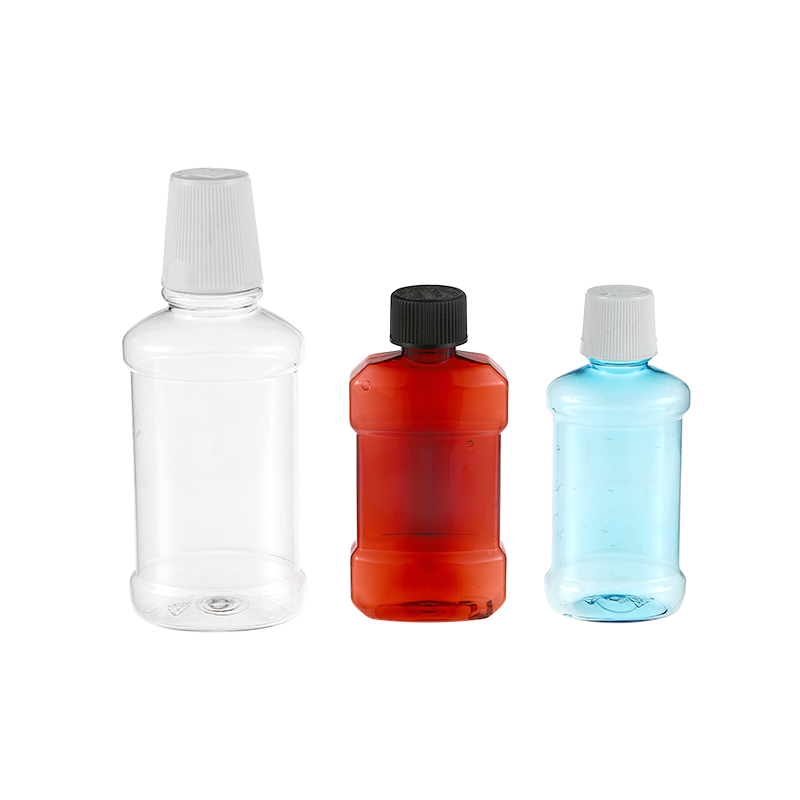Plastic Bottles are used widely to carry an assortment of goods such as beverages, food, drugs, laundry detergent, disinfectants, cleaning supplies, and many other similar items. There is an array of bottle designs to choose from, which can be suitable for a variety of uses and purposes. There are also plastic bottles which are made from specific materials, like low-density polyethylene, polypropylene, and polyvinyl chloride, which are usually used for beverage bottles. There are also plastic bottles available in various sizes and shapes that are good for canned and bottled beverages, but these particular sizes are not generally advised for food.
The main functions of plastic bottles are to retain the original shape of the product, to ensure that the liquid does not leach out into surrounding areas, to prevent evaporation, to absorb moisture, and to inhibit the growth of microbial organisms which may contaminate the liquids inside. Low-density polyethylene, or HDPE, is a type of plastic used for food and water containers that offer good protection, are resistant to extreme temperatures, do not shatter easily, are leak proof, have no additives or coloring that might affect their functionality, are biodegradable, and provide excellent protection against environmental hazards. However, HDPE tends to degrade over a short period of time when exposed to high temperatures and chemicals. Polypropylene, or PVC, is an extremely durable plastic, but it too requires special handling to prevent cracking or breaking. PVC is resistant to heat, moisture, chemicals, and abrasion, and also has a low density which makes it low-priced compared to HDPE.
In addition, there are numerous plastic bottles available for food and drink packaging, with hygiene functions in mind. These bottles include drinking straws and bottle caps, and can also come with clear tops that allow manufacturers to showcase their logo or brand name. The usefulness of these products extends far beyond food and drink, however, as they are often used in toiletry products and as promotional items. This includes holders for toothbrush handles, bottle stoppers, towel covers, and other various bottle accessories.

Bottles from these two different materials are sometimes combined for purposes of convenience, but this practice poses a hazard in some cases. For example, the combined polyethylene/hdpe can break or tear at very high temperatures, while both materials can degrade at room temperature. HDPE is also known to degrade at relatively low temperatures, while polypropylene does not degrade or break down at temperatures below 35 degrees Fahrenheit. Thus, it is important to keep these plastics away from extremely hot and extremely cold temperatures, as well as high temperatures which could warp or melt the plastics. Additionally, these plastic bottles should never be kept in direct contact with extremely cold temperatures or extreme hot temperatures.
While these plastic bottles are convenient, they still have limitations that some may find to be troublesome. HDPE and polypropylene are not as resistant to breaking or shattering as glass bottles, which means that glass bottles require special handling and care to ensure that they do not shatter. Bottles made out of HDPE and polypropylene can be washed and recycled for those who prefer to reuse them, but this method may not always be appropriate. Also, the use of plastic bottles, particularly polyethylene and HDPE, can put an extra burden on the environment, given the fact that these two materials take a very long time to degrade when they are processed.
As one can see, there are many positives and negatives associated with the production of these plastic bottles. If you are interested in buying any bottle with the options mentioned above, then you need to consider whether or not your needs outweigh the advantages and disadvantages. Remember, though, that no matter what material your bottle is made of, you will most likely want to make sure that you buy a bottle that is durable and can last a long time. Once you have made the right decision regarding the material that your plastic bottles are made of, you can go ahead and enjoy the variety of bottled water that you can enjoy at home.

 简体中文
简体中文 English
English русский
русский








